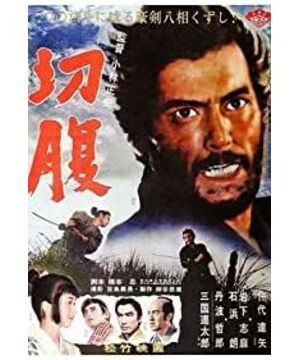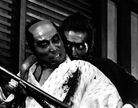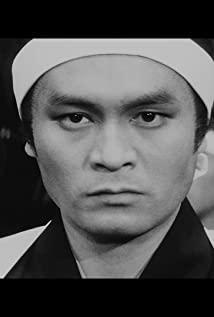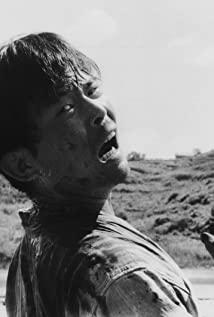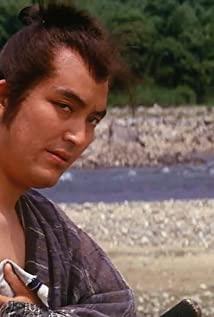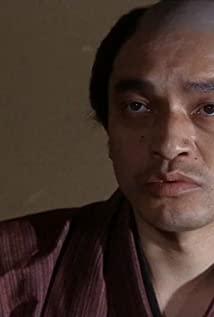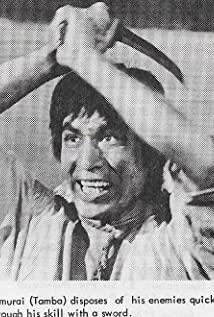A few days ago, I talked about Yukio Mishima's "Shield Society" abdominal incision incident. In the movie "Worrying the Country" he once directed, he also showed the scene of abdominal incision more specifically, so what is the Japanese abdominal incision ceremony like? ? It is impossible to show it incisively and vividly in the film, and only through words can the truth be understood.
The great Japanese director Kobayashi Masaki collected a lot of data before filming his costume film "Cut the Belly". The general situation described in the literature is as follows: In a quiet and open Japanese-style courtyard, choose a sunny In the afternoon, the sun shines directly on the body. The samurai who begged for death sat upright on a mat covered with white cloth. Behind him was another samurai who "served" with a large sword. This person was usually his most trusted and closest friend. people.
Around the victor stood his comrades, and their master sat in the chief spectator. As soon as the hour came and he was ready, the warrior opened his clothes, exposed his belly, rubbed his skin with his hands, picked up a dagger placed on the small table in front of him, unsheathed it, and took out a stack of white grass paper from his arms to wrap it sharp edge. Then take the small table in front of you behind you and hold it against your buttocks, so that your body can stand upright and not fall backwards.
Then the samurai bowed to his master, who nodded in return, indicating that the ceremony could begin. Jiecuo slowly raised his sword to prepare. In the moments before death, there was silence, and everyone held their breaths to stare at this bloody and painful suicide, which was the ultimate end of the Bushido spirit!
Suddenly, the samurai held the knife in reverse with both hands, stretched it forward, and then went back to insert it into his stomach with all his strength. With a "pop" sound like cutting a melon, scarlet blood spurted out and splashed wildly on the white cloth. Then the samurai gritted his teeth and opened the knife from left to right, cutting to the middle, turning the blade upward, and then cutting from bottom to top, forming an L shape. Finally, he put his hand in and pulled out his intestines. After the samurai died, Jiecuoren who was standing behind him raised his knife and cut off his head before he collapsed, and the blood in his neck spurted out like a spring. Li Cheng.
The process is like that, but very few samurai can complete the whole set, usually when the transverse cut is too painful to perform. At this time, the wrong person should ask if he needs help. If the answer is yes, he will behead his head in advance to ease the pain of the other party, but this is not brave enough and not very honorable.
Belly cutting is a unique suicide ritual for the Japanese, but why is it so cruel and expendable, instead of simply slaughtering yourself? It turns out that the Japanese have believed that the human soul grows in the abdomen since ancient times, so there is a saying "liver soul". They think that the stomach is more important than the head, so if you want to die, you must first cut the stomach and cut it completely before you can die.
Last but not least, belly-cutting is a noble ritual that only warriors are qualified to do, not ordinary people. It is also a symbol of class.
View more about Hara-Kiri reviews


